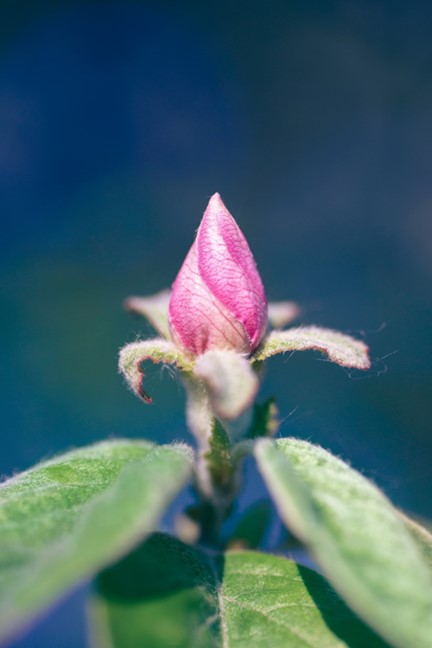
A group of scientific explorers is advancing along the high and low mountain paths of the Andes Mountains. Constantly running tirelessly, day after day. Discovering new species of plants. One day suddenly eyes fell on a special kind of mountain flower. It looks like something animated. But no, the searchers looked closely. He saw a human child wrapped in cloth in the bosom of nature, i.e. the bosom of a tree. He found out that these are actually strangely beautiful human child-shaped terrestrial orchid flowers. This oddly shaped orchid flower that looks like a human baby is found in the Andes mountains of Venezuela, Colombia and Ecuador. Their natural habitat is in the mountains at an altitude of 1400 to 2500 meters.
A group of botanists discovered this flower on a ten-year (1777 to 1788) expedition to Peru and Chile. Even then, the flower remained unknown to people until 1798. The flower is named after a prominent person. In 1798, the plant was named Anguloa uniflora after a director general of mines named Don Francisco de Angulo. Although a mining official, he was associated with the collection and identification of various plants for a long time.
The English name of this flower is Swaddled Babies Orchid (Swaddled Babies Orchid) which means newborn babies wrapped in cloth or soft blankets. The way newborn babies are swaddled in cloths abroad, when seen from the front, the flowers look like newborn babies swaddled in cloths or wrapped in soft blankets. Another name of this flower is tulip orchid. The petals of the creamy-white flowers are covered with wax. The flowers are sweetly scented like cinnamon. When the flowers bloom in spring, the strong fragrance of these flowers spreads far and wide.
This plant grows 18 to 24 inches tall. These creamy-white flowers usually bloom in spring. In summer, its strong fragrance spreads far and wide. The flowers last a long time. Flowers do best in low light. Dark green leaves are thin and folded. The flowers are held in round bulbous stalks. Which are called pseudobulbs. A pseudobulb is a storage organ found in many tropical and terrestrial orchids. The middle portion (stem) of the two leaf nodes thickens and transforms into a pseudobulb. Or sometimes pseudobulbs may arise from one or more internodes, which are called heteroblastic or homoblastic.
These plants prefer to live in forested areas, where there is a clear distinction between wet and dry seasons. This plant requires slightly warmer temperatures. Sufficient humidity is essential for good and healthy flowering. They are members of Orchidaceae family. About 13 species of this Angulo genus orchid have been reported. Out of which 4 are considered natural hybrids. Some “hybrid tulip orchids” have been created by horticulturists through breeding.
Planting this orchid in potting soil requires special care. Especially in regards to choosing potting soil. 4 parts medium bark chips, 1 part charcoal and 1 part perlite. Then you will need a clear plastic, wooden or net pot filled with soil mixer. If there are dead roots at the bottom of the plant, it must be cut off. Lightly cover the roots of the orchid with selected soil and then water very gently to reach the roots.
These orchids like to be fed twice a week in summer and at least once in winter. If water is given for 5 to 7 days during summer months… their growth is good. The amount of water can be reduced in winter. They don’t like temperatures above 80°F and certainly don’t like temperatures going below the freezing point. If you really love your plants, you can mist them 4 to 5 times a day in summer. At least once when leaving home for work and once again after returning from work.
Nature has determined the secret of pollination of this flower. The lips of the mouth part of the flower are in such a way that any insect can easily enter inside. When pollinating insects enter the flower in search of nectar, they cross all barriers and enter the column. There is a packet full of pollen called pollinium. The pollen sticks to the head or stomach of the insect. When the insect moves to another flower of the same species to gather nectar, the pollen attached to the insect is attached to the stigma of the second flower. In this way, some insects bound by the rules of nature pollinate this flower by falling into the trap of some rules set by the wise nature. This is how nature maintains the balance of its creation unnoticed.
Scarborough, Canada
